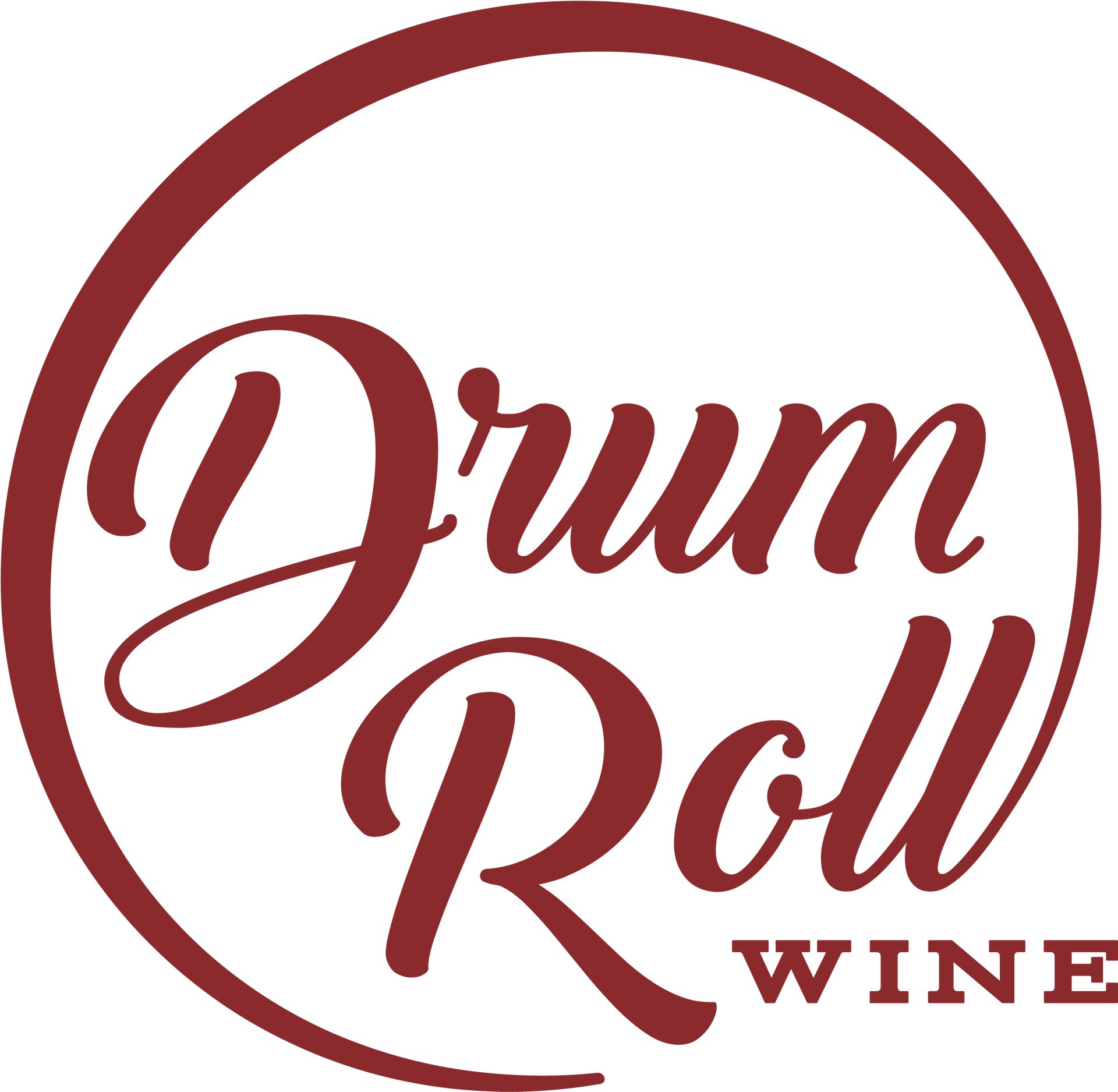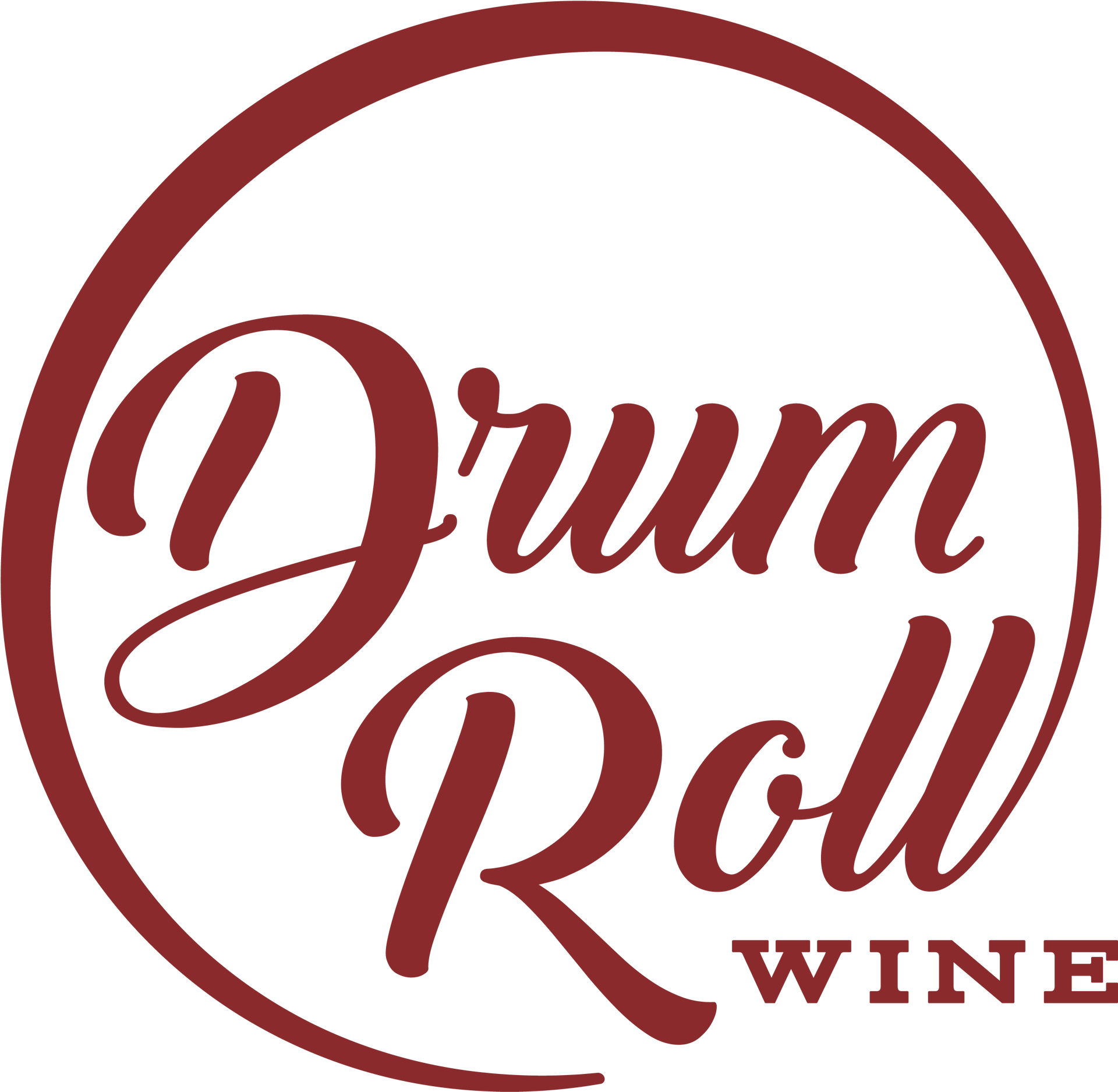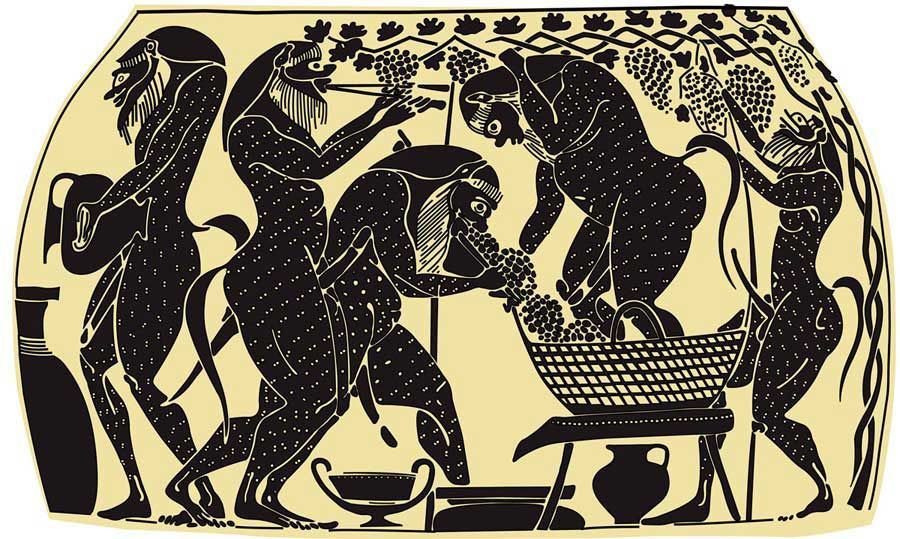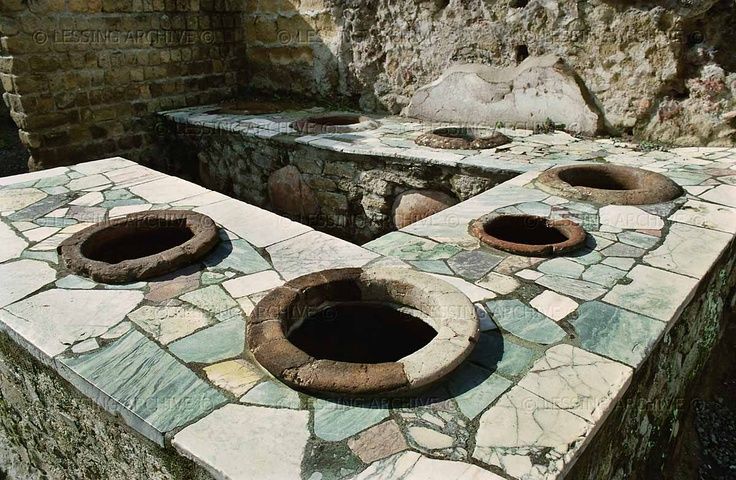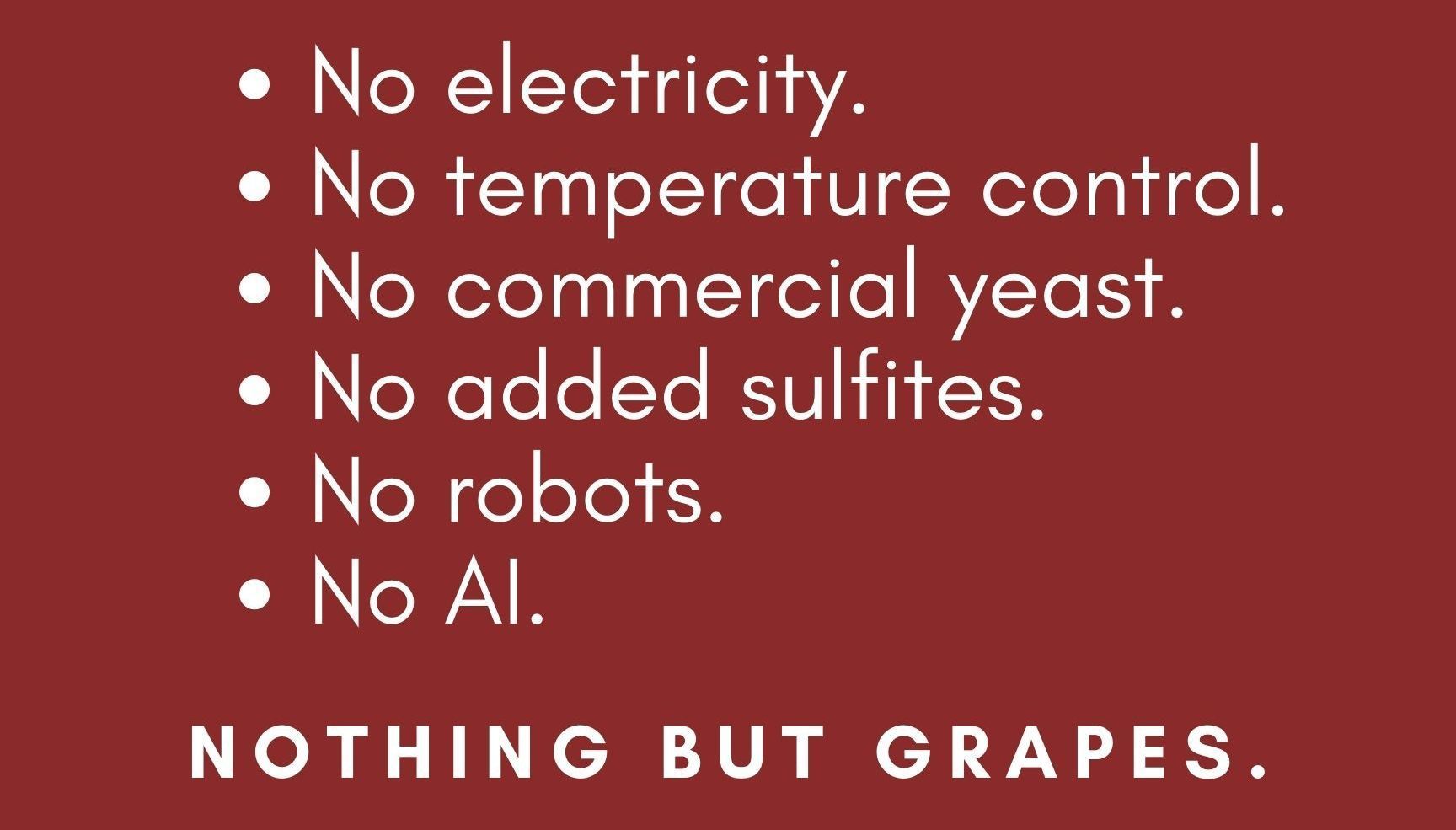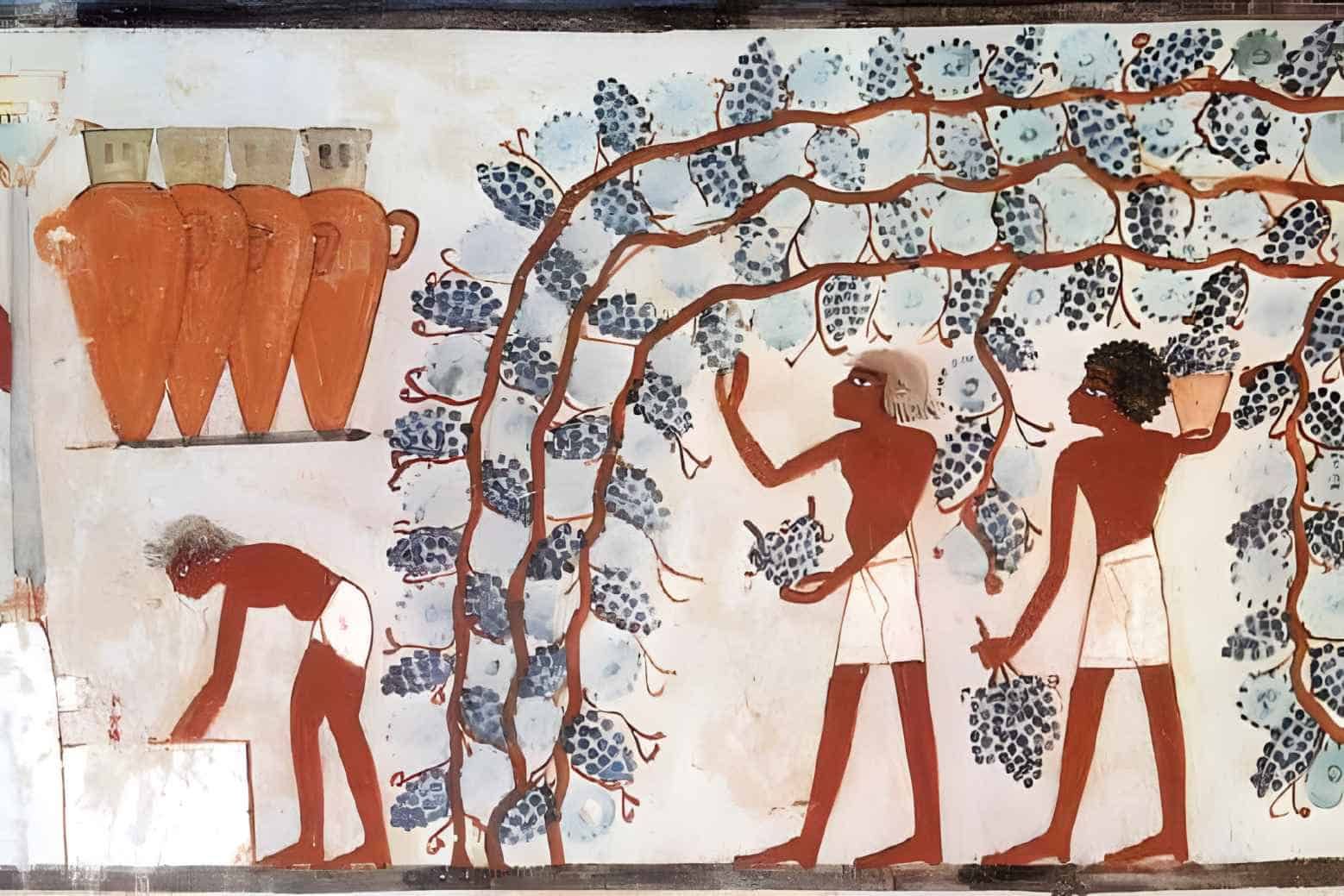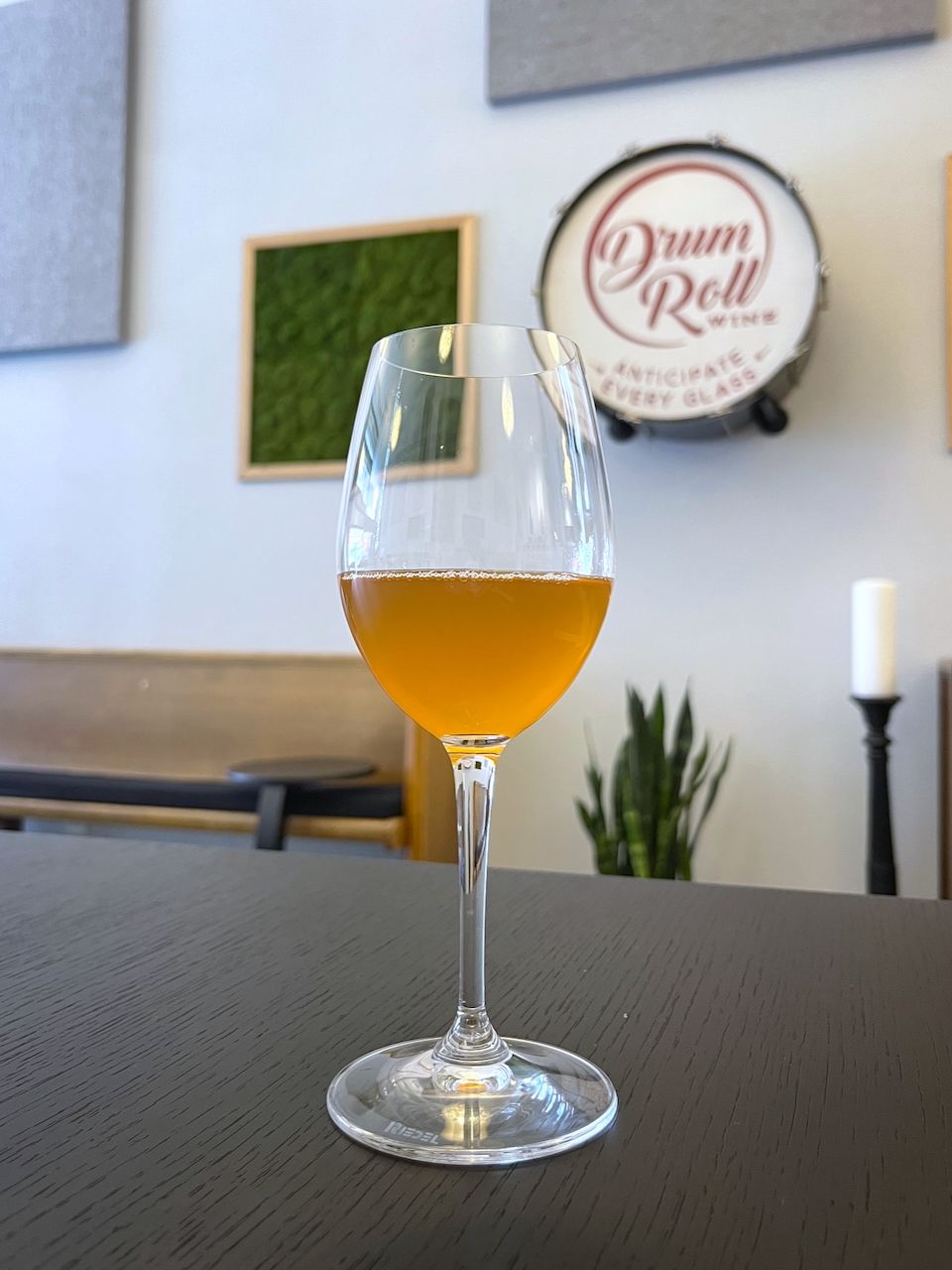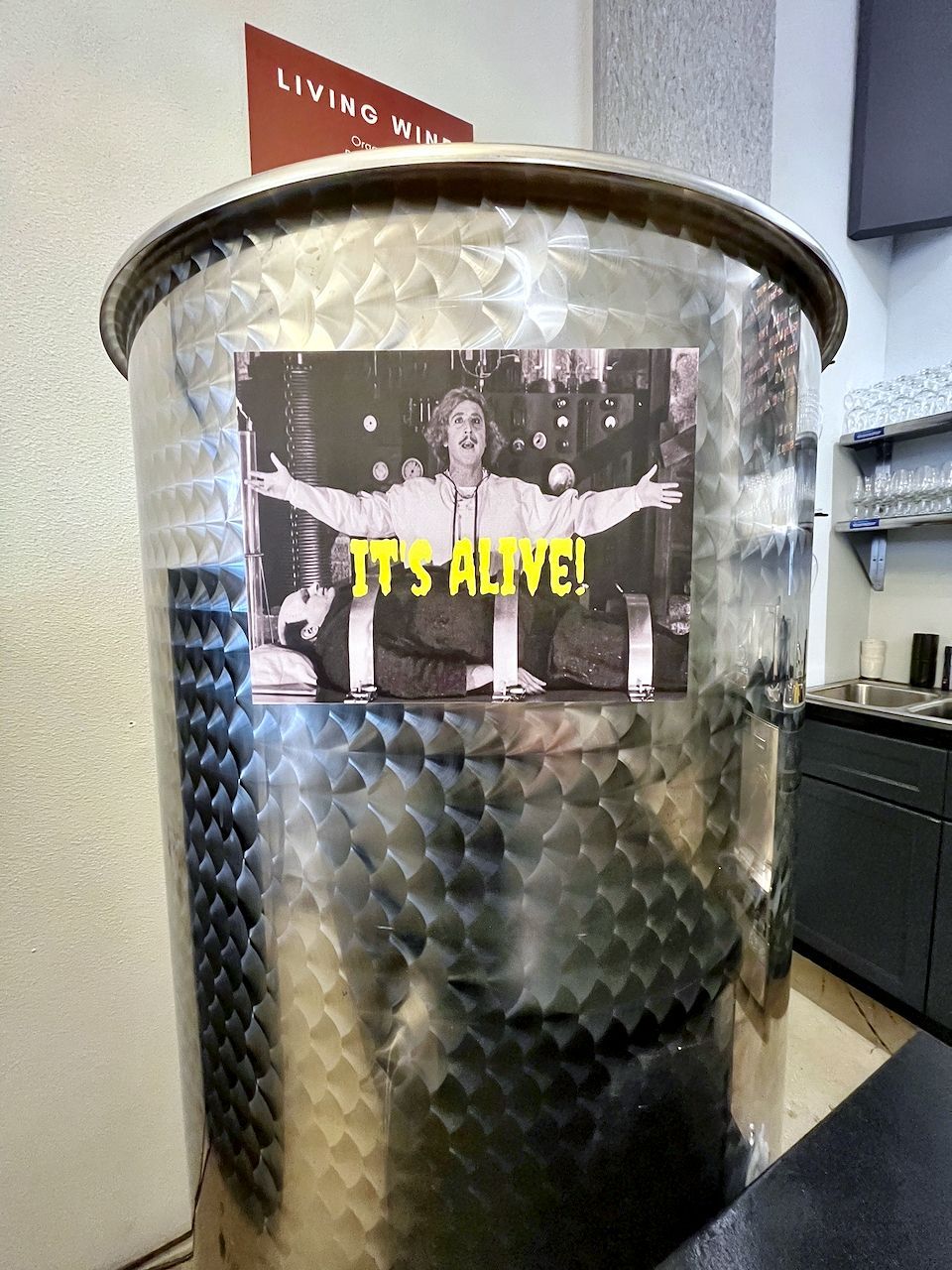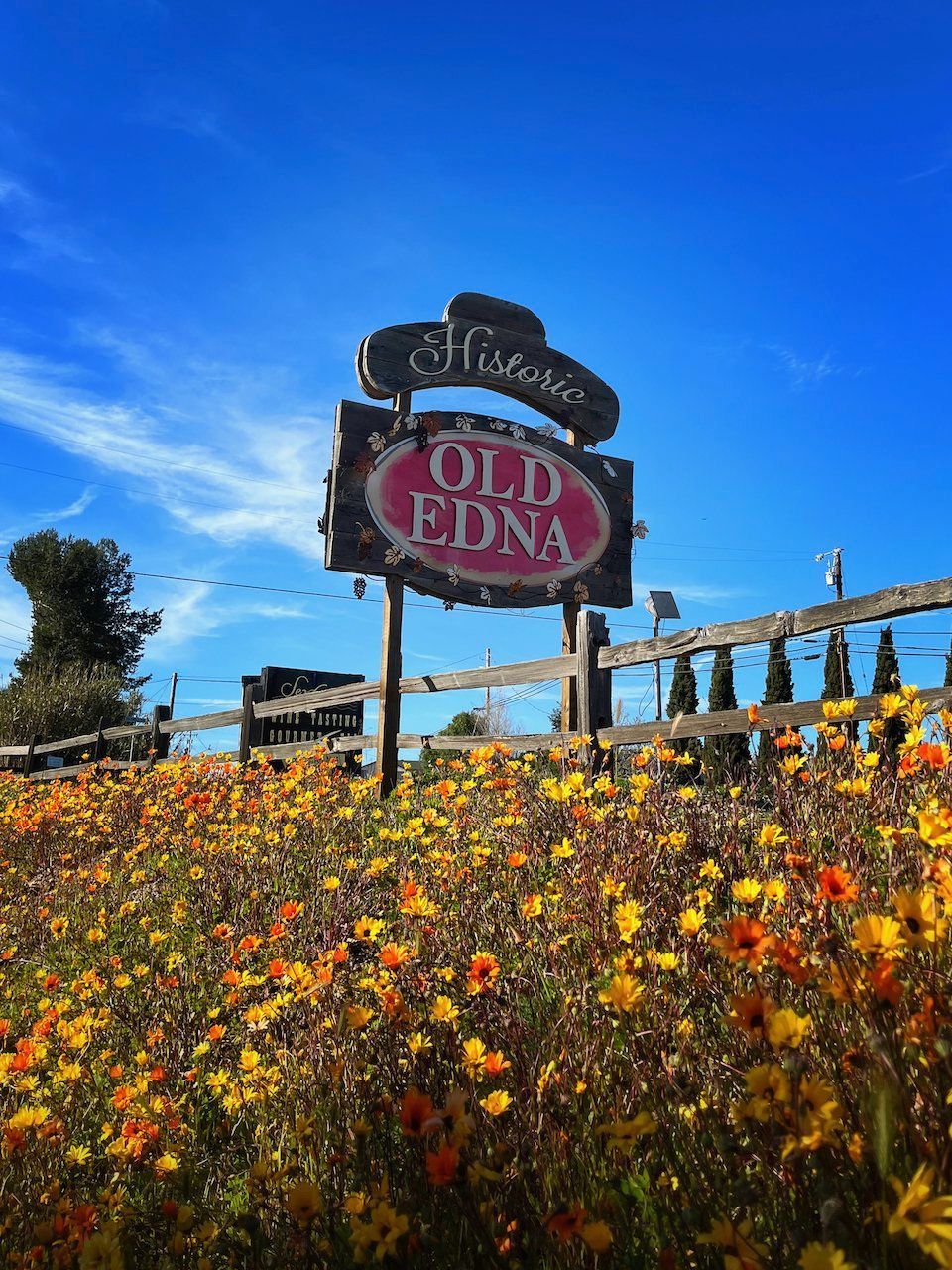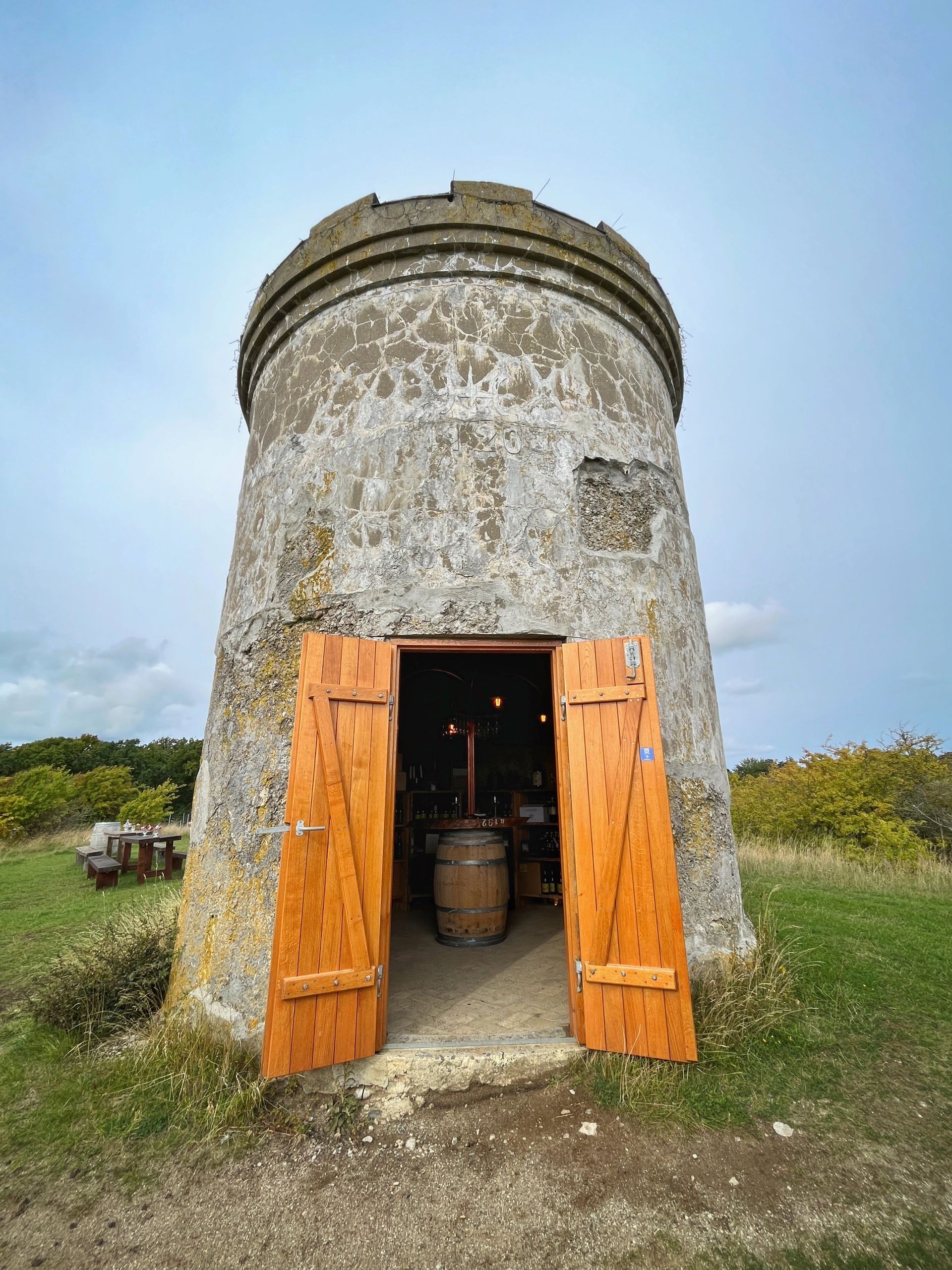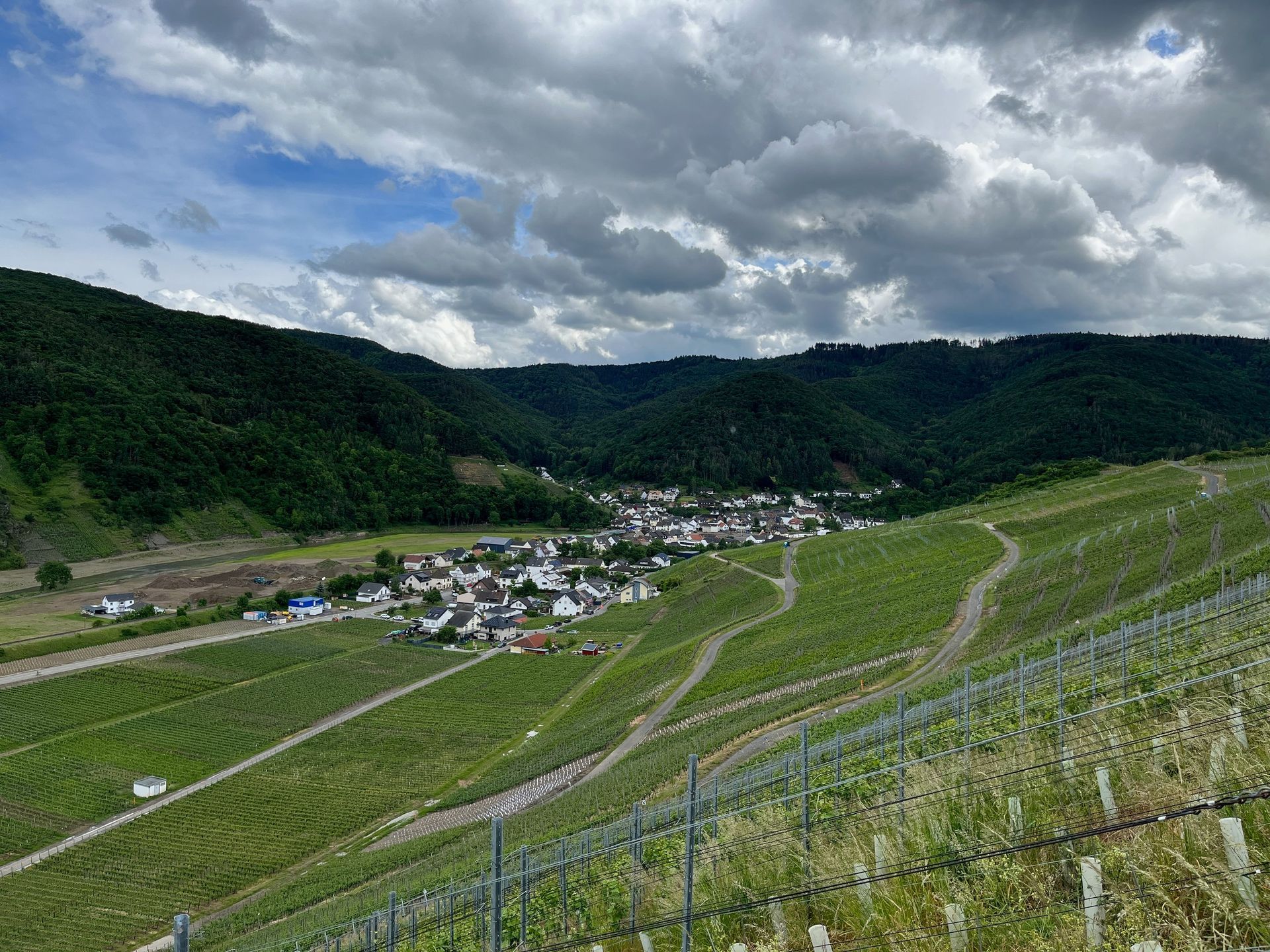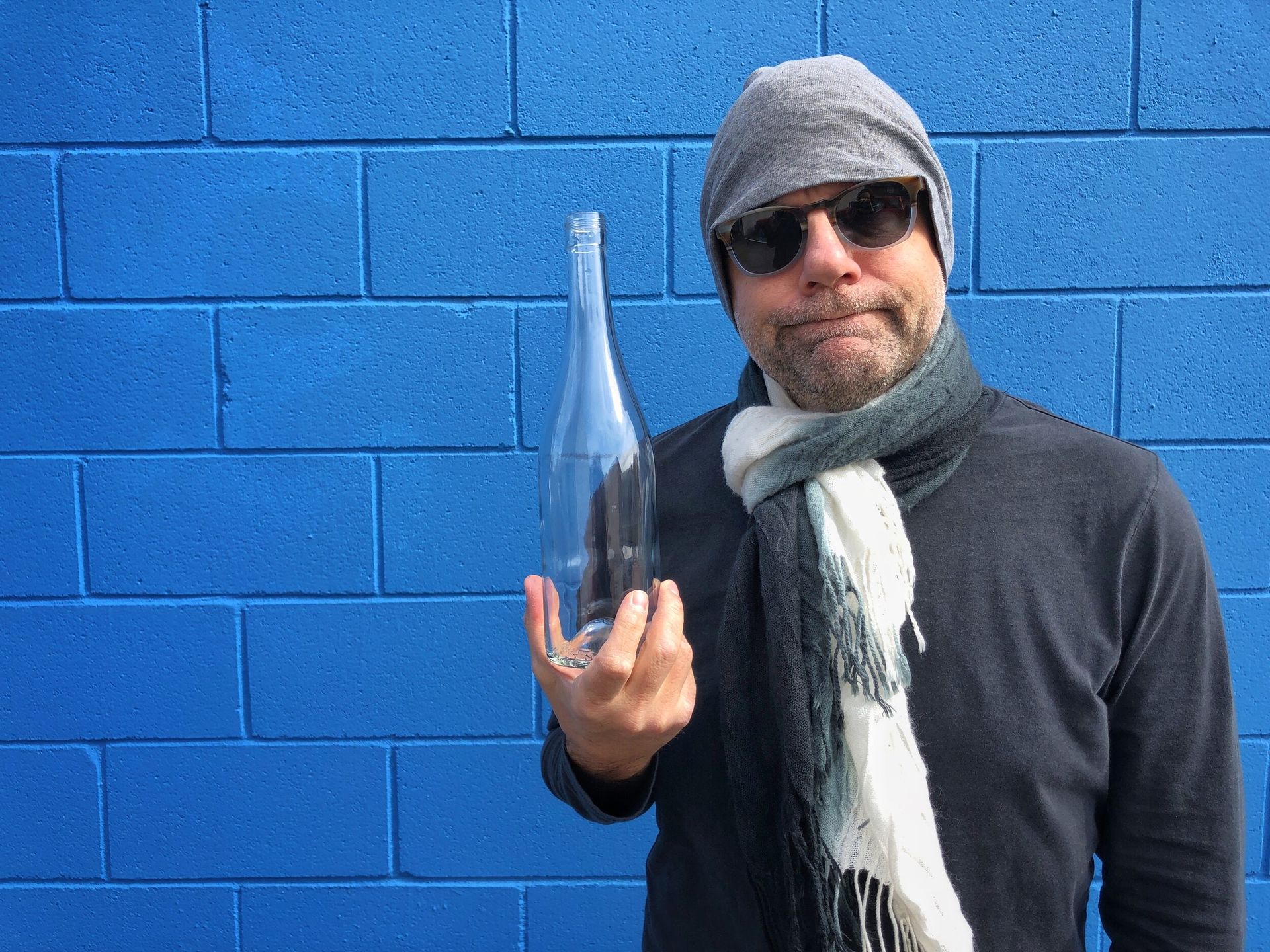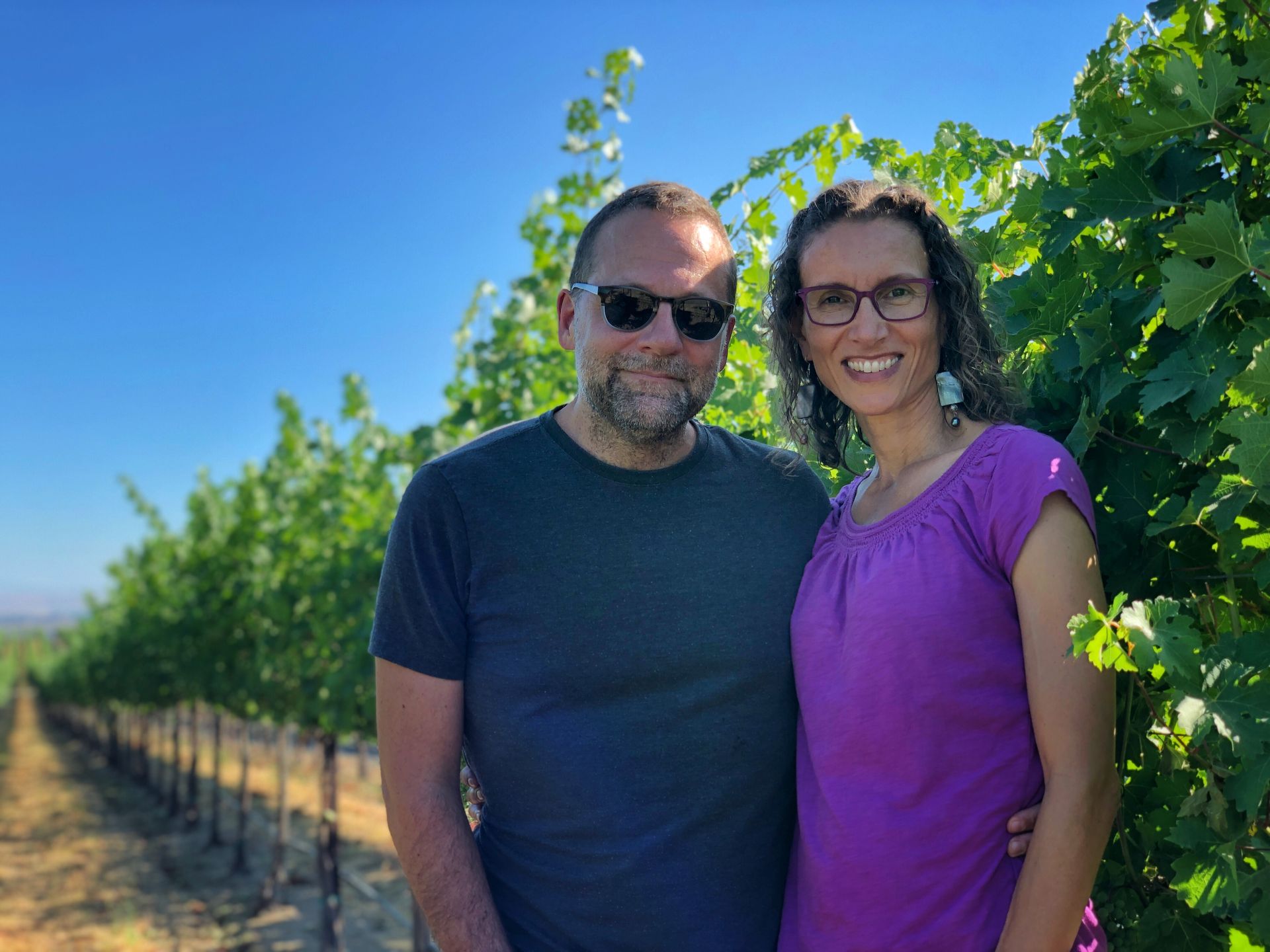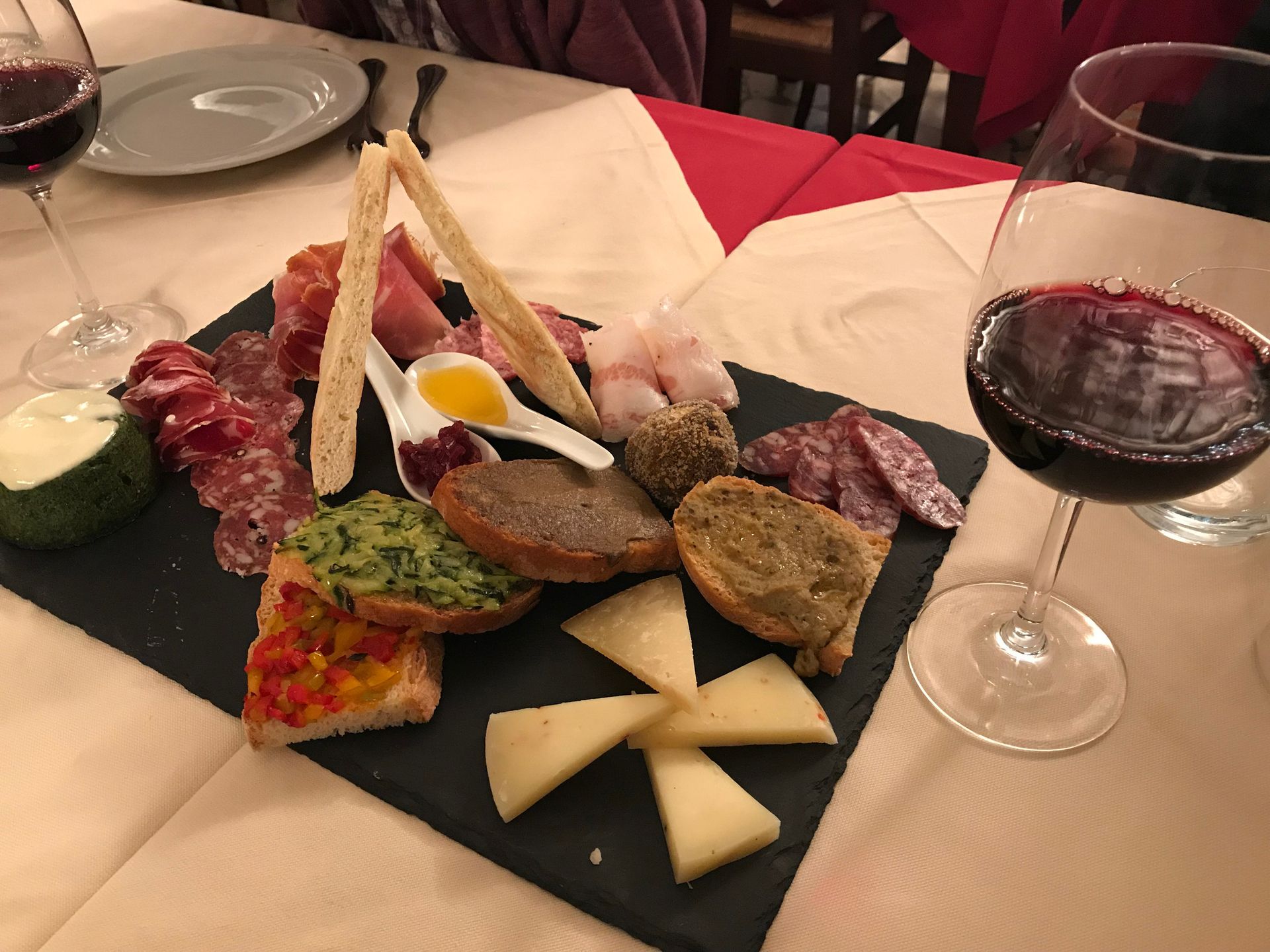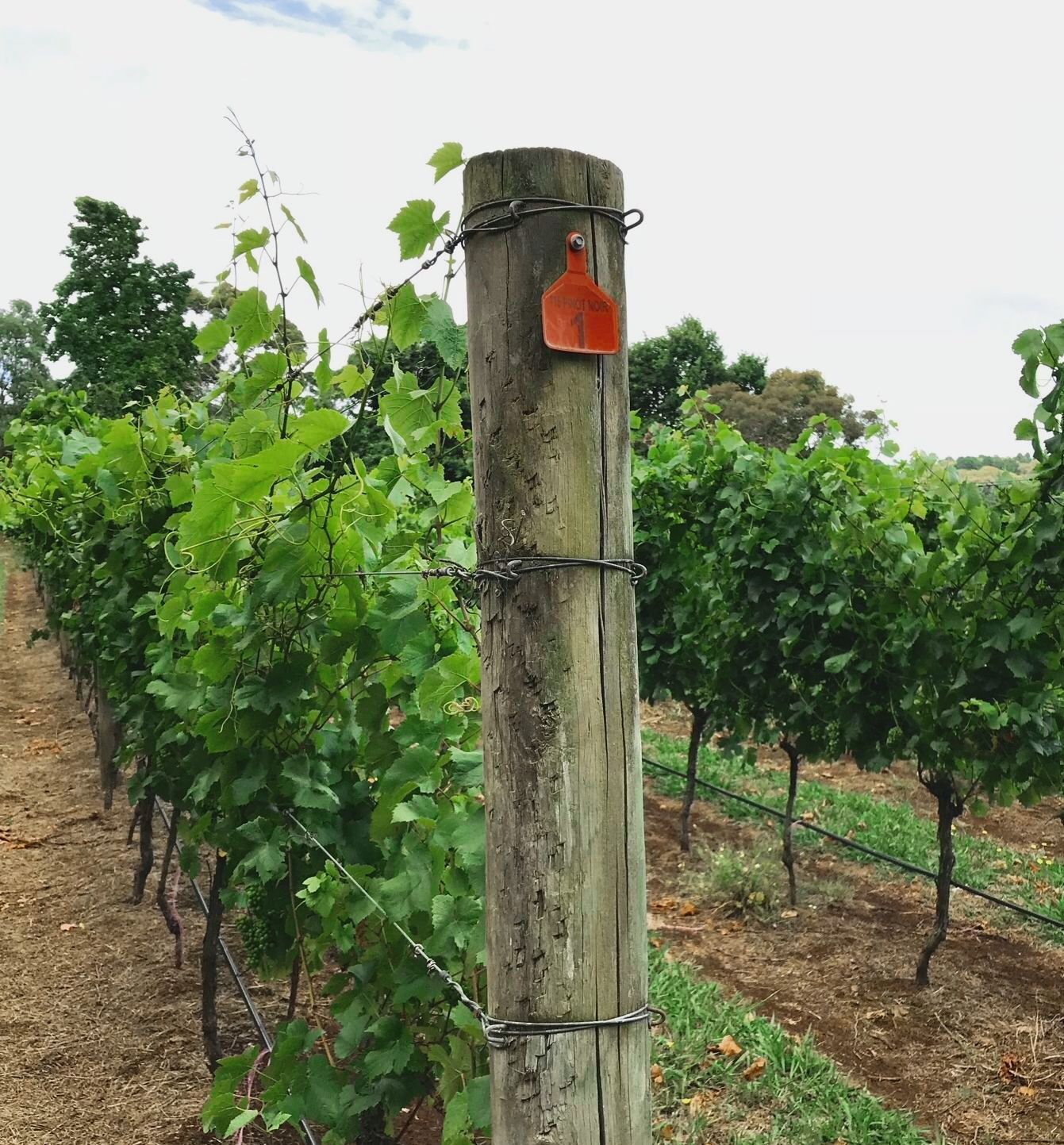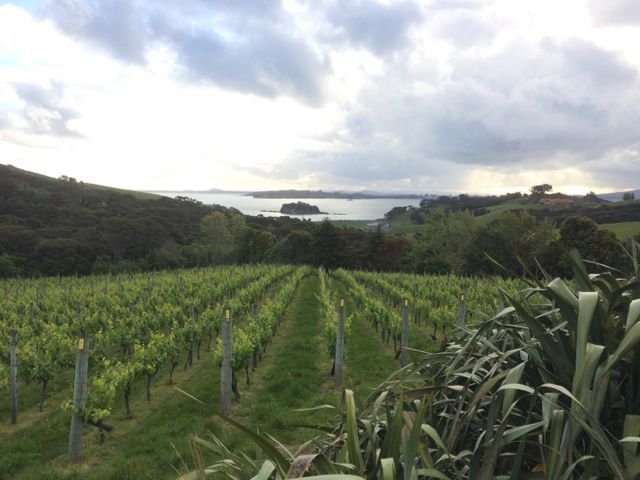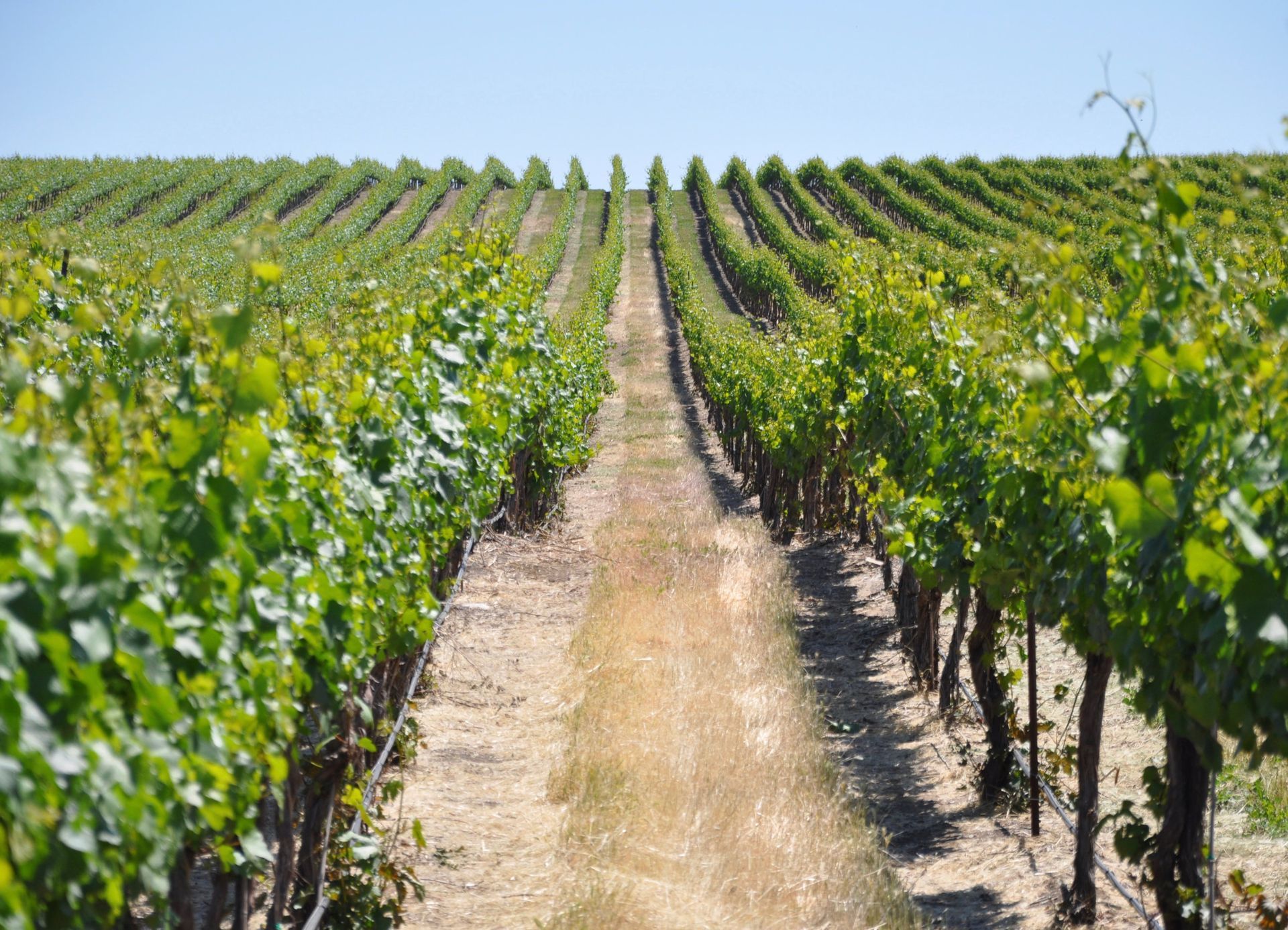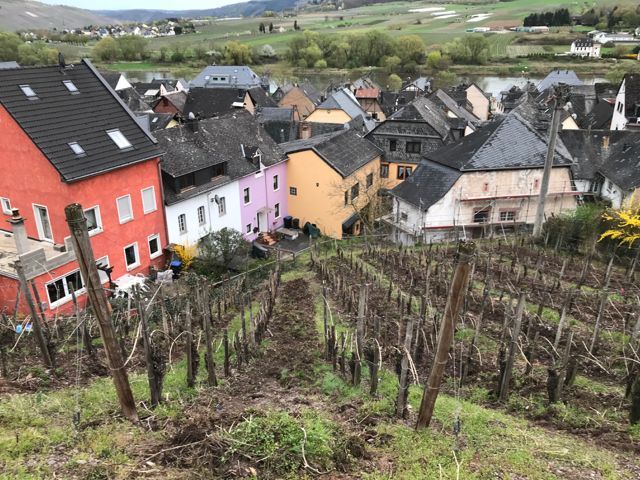The best archeological evidence suggests that wine has been a part of human culture and society for over 8,000 years. The first scientific explanation of the process of fermentation, courtesy of Louis Pasteur (oh, the clever French!), was not published until 1876, however. Depending on the exact date of the first discovery of wine, that means we’ve understood how it’s actually made for 2% (or likely less) of the time it has existed.
Since the late 19th century, there have been all sorts of modern innovations essential to the development of the modern wine we know and love: temperature control (and electricity before that), commercial (i.e., engineered) yeast, vine rootstock selection, advanced vineyard trellising techniques, and more. Acknowledging these relatively recent advancements begs the question, “What did wine use to taste like?” The wine of Noah, Cleopatra, Jesus, and Rumi was most certainly NOT like the wine of today.
A good bit of wine through the ages was probably spoiled by the time it reached consumers. The Romans added salt water, frankincense, and all manner of spices to improve it. Contemporary wine enthusiasts would require a major adjustment of expectations were we somehow transported back in time for a visit to a wine bar in Pompei. Still, wine was sought after by rich and poor alike and was essentially seen as a necessity of life through many historical periods.
With a considerable curiosity for the history of wine, we make what we call Living Wine. Our intention is to illustrate, however approximately, something of what wine might have tasted like through most of its existence. We crush and destem organic grapes into a stainless steel tank (no spoilage for us, thank you very much) and rely on native yeast already on the grapes in the vineyard to handle the fermentation. This process moves incredibly slowly, especially because we turn off the heat in our tasting room whenever not present throughout the fall and winter. In these conditions, native yeasts are not sufficiently robust to activate due to the cold ambient temperatures.
For the 2023 vintage of Living Wine, we used chardonnay grapes for a number of reasons. The most practical is that we had a good source for quality organic grapes. As we’ve said many times, farming is proper hard work and we don’t happen to live particularly close to where it happens anyway, so we purchase fruit from excellent growers. As a low pH/high acid variety, chardonnay also has some useful self-protective qualities that decrease the odds of spoilage in this context. Finally, there are many strong opinions about chardonnay these days but most are related to winemaking, not the actual grape variety. So we decided to demonstrate what chardonnay tastes like with as little intervention as possible. We also incorporate the grapes' skins into the production process, yielding a white wine with much more color than usual.
The result is untamed and unusual. It’s been compared to kombucha, cider, and obscure styles of beer. Since we never bottle it, we also do not use any standard food preservatives like sulfur dioxide. This allows the wine to retain a certain wildness that is extremely uncommon in bottled wine. It’s unfiltered and a little fizzy through most of the year. Living Wine changes slowly but perceptibly from week to week and month to month. At the beginning of the season, it’s extremely sweet; it requires months to ferment to dry. The wine lasts until consumed then we start over the next harvest. The only place to experience Living Wine is in our tasting room.
Have you tried a unique wine lately? Be sure to email us and tell us all about it.
